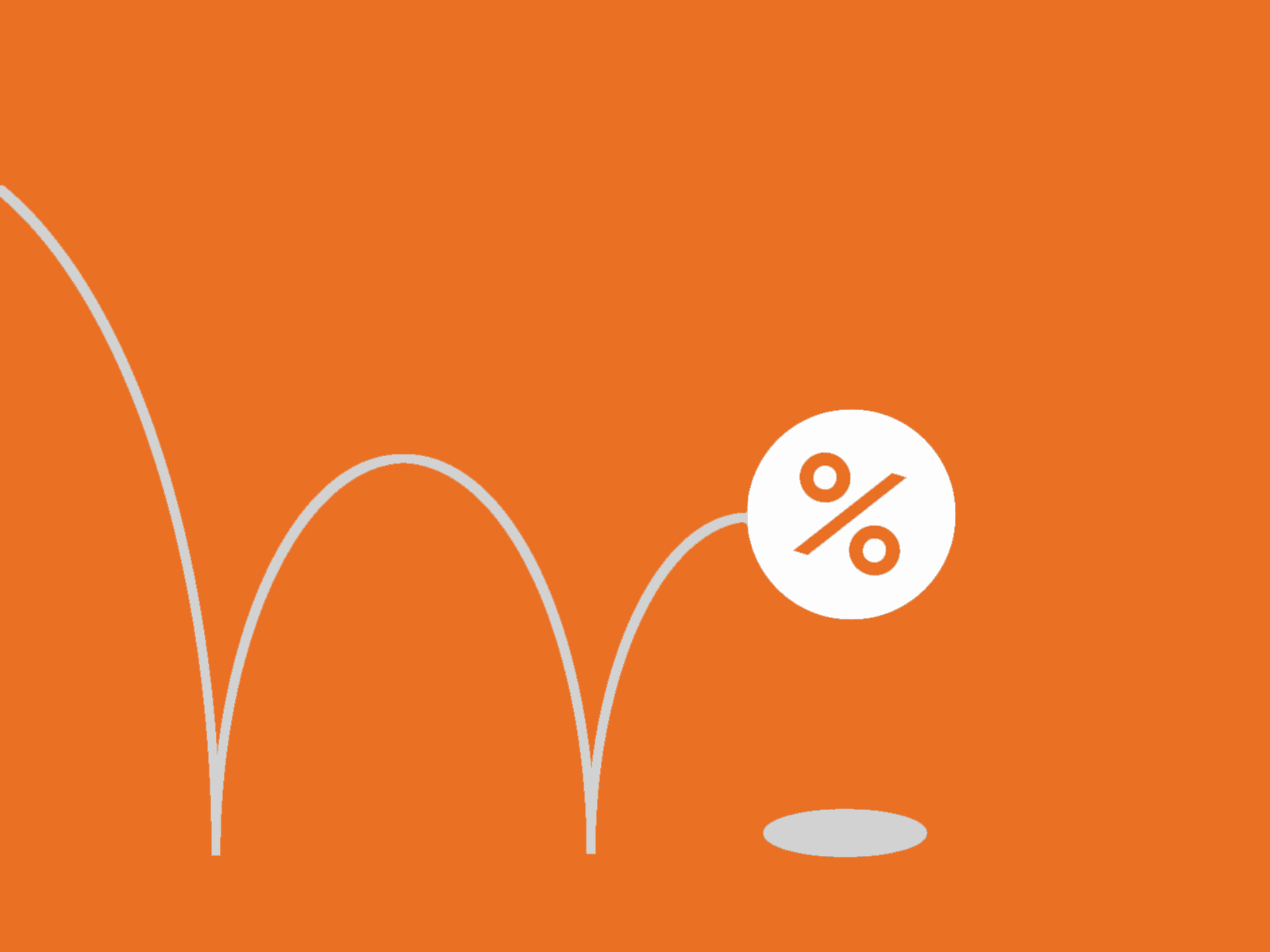What to know about the First-Time Home Buyer Incentive
IMPORTANT UPDATE: As of March 31, 2024, the First-Time Home Buyer Incentive has been discontinued.
Are you looking to get into the Canadian real estate market for the first time? A program unveiled by the Federal Government to help alleviate homeownership costs for first-time buyers is now officially in place – but will it be a fit for your home purchase?
Called the First-Time Home Buyer Incentive (FTHBI), the program was rolled out on September 2, 2019. It takes the form of a shared equity mortgage agreement between the homebuyer and the Government, and is designed to reduce the overall size of a buyer's mortgage debt and monthly payments without increasing their down payment.
Let's take a closer look at how it works, and who may be eligible.
What is the First-Time Home Buyer Incentive?
Under the First-Time Home Buyer Incentive, the Canada Mortgage and Housing Corporation (CMHC) will provide eligible first-time homebuyers with a 5% incentive toward the down payment of a resale home purchase, or either a 5% or 10% incentive toward a down payment on a newly built home.
The incentive is registered as a second mortgage on the home, and the borrower does not incur any additional interest on this incentive. It must be paid back in full when either the home is sold or after 25 years, whichever is first. The repayment must be made as a lump sum—it can't be made in installments—however, it can be paid back early if the homeowner chooses.
What if my home's value changes?
In exchange for the loan, the Canada Mortgage and Housing Corporation retains either a 5% or 10% share of your home's equity — and this is the amount that must be paid back when the incentive is due. This means if your home appreciates in value from the time you received your incentive to the time you sell your home or your mortgage matures, you'll owe a larger amount, based on your home's new assessed market value. The same occurs if the home loses value over that time frame — the amount you'll owe back to the CMHC will be reduced to match its lower market value.
For example, let's say the Canada Mortgage and Housing Corporation provides a buyer with a 5% incentive of $25,000 for a home purchase of $500,000. The homeowner then sells the home several years later, and its value has increased to $550,000. The homeowner would then need to pay the CMHC back $27,500 to reflect 5% of the increased value of the home. However, if the home lost 5% in value and is now worth $475,000, the homeowner would need to pay back just $23,750.
Who is eligible for the First-Time Home Buyer Incentive?
- At least one person in the household must be a first-time homebuyer. This means they haven't owned a home, or lived in a home owned by their spouse, over the last four years.
- An exception is made for buyers who've had a breakdown of marriage or common-law relationship.
Homebuyers must qualify for an insured mortgage. In Canada, this means they must have saved a minimum down payment (5% for homes valued below $500,000 and 10% for any amount exceeding that up to $999,999) and have sufficient credit health and debt repayment history to satisfy a mortgage lender.
The buyers' combined household income can't exceed $120,000. This includes the income of any guarantors co-signing on the mortgage, as well as any rental income generated if part of the home is tenanted out.
The combined mortgage and the First-Time Home Buyer Incentive can't exceed four times their income, not including the mortgage default insurance premium.
What are the potential benefits?
- The incentive can help you come up with your down payment, and those funds wouldn't be subject to interest during the duration of your ownership.
- Because the funds go towards your down payment, the overall size of the mortgage is reduced. This whittles down the amount of overall interest paid over the mortgage's lifetime, as well as the amount an insured mortgage holder will pay in required default mortgage insurance premiums.
What are the potential downsides?
- Because the incentive provides the CMHC with equity in your home, there's a chance that the amount you need to repay could be higher than the original incentive amount if the home's value increases.
- The combined household income and Mortgage to Income Ratio requirements to qualify for the incentive are too narrow for Canada's more expensive markets, where first-time buyers arguably need the most help. It's not going to go far for Toronto homes for sale or MLS listings in Vancouver, where the average home price hit $806,755, and $967,314 in July, 2019 respectively.
Where can the First-Time Home Buyer Incentive be used?
According to recent analysis from Zoocasa, the majority of Canadian housing markets may be able to use it to an extent – 19 of 25 major urban centres have an average home price that would theoretically qualify, based on the criteria.
To find out more about the First-Time Home Buyer Incentive, click here.

